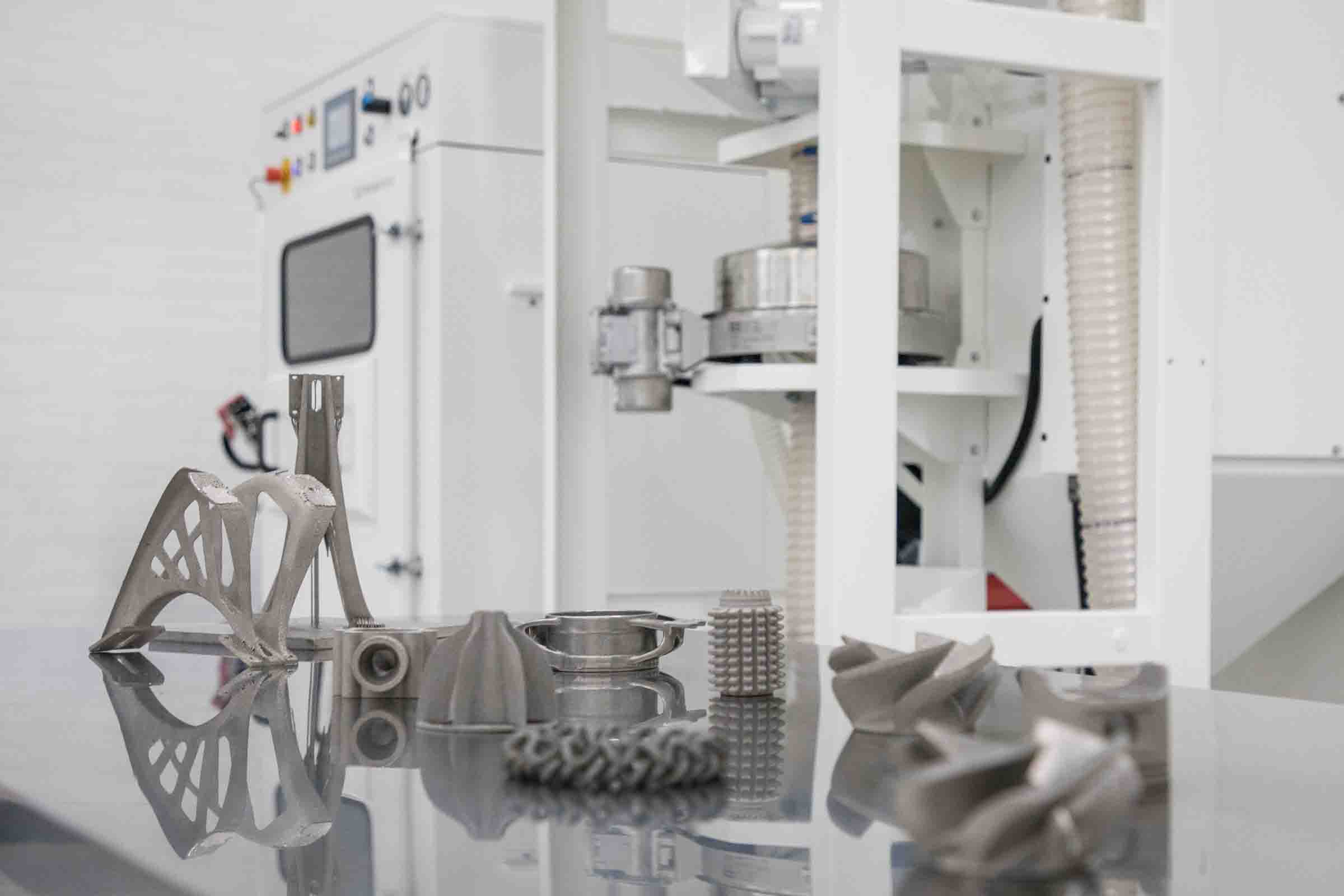The Royal Air Force has installed its first in-house 3D printed component on an operational Typhoon aircraft at RAF Coningsby. Engineers created a temporary replacement for a pylon assembly part, demonstrating how additive manufacturing can reduce aircraft downtime and return planes to service more quickly.
The process involves precision-scanning parts and sharing data with the original manufacturer and 71 Squadron, which then design and print intermediate solutions while permanent replacements are developed. This approach originated from innovation funding in 2022 that explored how 3D printing could help produce aircraft and equipment parts quickly and securely.

“This achievement marks a pivotal milestone in the RAF’s journey to embed Advanced Manufacturing (AM) as a core capability and warfighting enabler,” said Air Vice-Marshal Shaun Harris, Director Support, HQ Air. “Without the use of this technology, local innovation and RAF engineers’ operational mindset, this aircraft would have been unusable for many months.”
Originally launched as Project Warhol under 71 (IR) Squadron, the program has expanded across the RAF Support Force as RAF AM-X. The team now produces both polymer and metallic components for various aircraft including the F-35 Lightning, A400M, and Chinook Helicopter, as well as Mk 15 Helmets.
The RAF is developing a safety case to certify a 3D-printed metallic chaff and flare dispenser for Apache, Wildcat, and Shadow aircraft. The service is also partnering with the Manufacturing Technology Centre and collaborating internationally with Five Eyes and NATO allies on additive manufacturing applications.
RAF AM-X plans to release a white paper in early 2026 outlining the RAF’s complete additive manufacturing portfolio and providing strategic guidance for future development. The program operates alongside other RAF innovation initiatives, including ASTRA, which has equipped Innovation Hubs with 3D printers across the service.
Source: raf.mod.uk

